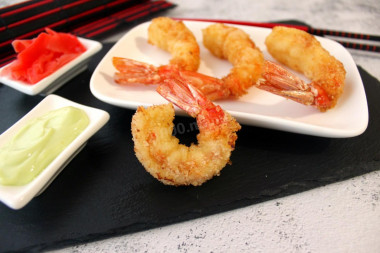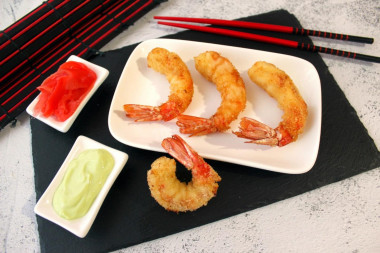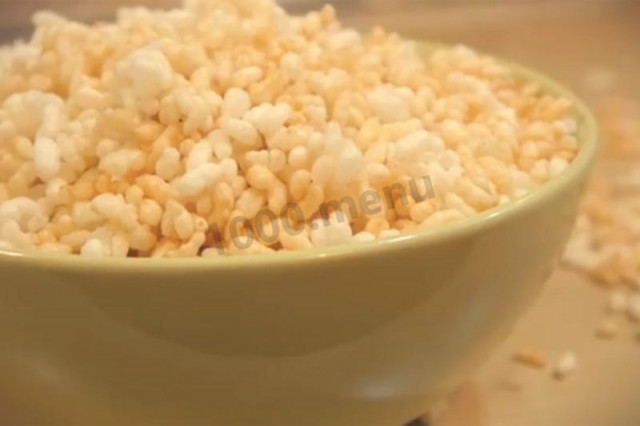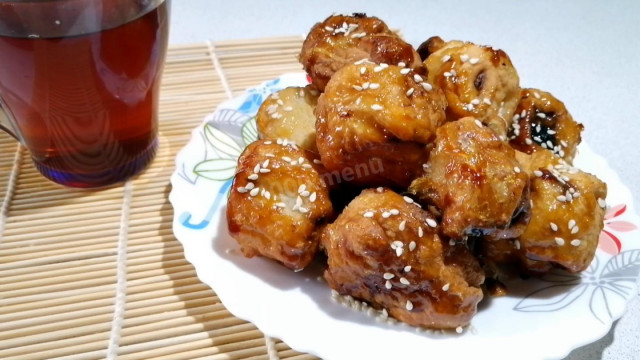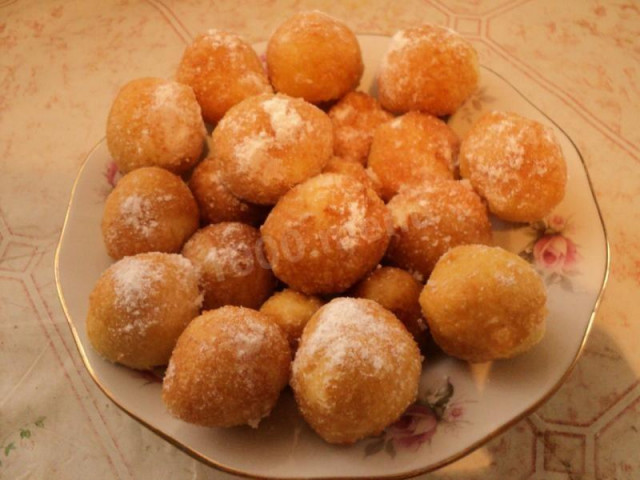Composition / ingredients
Step-by-step cooking
Step 1:

Prepare all the necessary ingredients. I have Argentine langoustines of category L1, which means the largest size. You can buy langoustines of a different category, but then you will need a little less ingredients than indicated in the recipe.
Step 2:
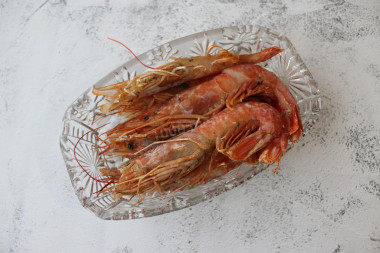
Before deep-frying langoustines, they must be defrosted. In no case should seafood be subjected to a sharp temperature drop. Improper defrosting can lead to a loss of moisture, as a result of which the protein will curdle, and the meat of langoustines will become tough. Therefore, first let the langoustines stand in the refrigerator for 1.5 hours, and then defrost them at room temperature for 2-2.5 hours.
Step 3:
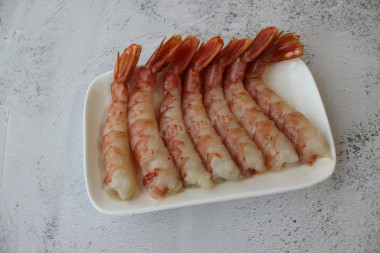
Remove the head and shell of the langoustines along with the legs and claws, leaving only the tip of the tail. Rinse the thawed langoustines under running water and leave them in a colander for a few minutes to drain excess liquid.
Step 4:

Make a neat incision in the shell along the entire back with scissors and remove the dark thread, that is, the intestinal vein. It must be removed, as it may contain sand, algae particles that can spoil the taste and give bitterness.
Step 5:

Blot the cleaned langoustines with paper towels to remove excess moisture, add a little salt and roll in flour on all sides except the tail. If you do not remove excess moisture, the batter will come off.
Step 6:
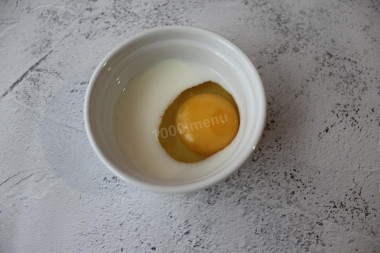
In a small bowl, whisk the chicken egg, pour in the milk and shake lightly with a fork.
Step 7:
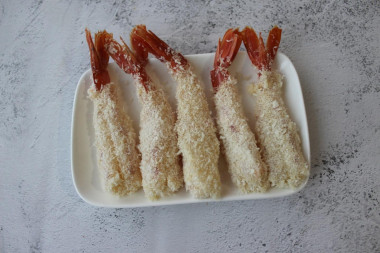
Breaded langoustines, holding by the tail, put first into the batter, and then into special panko breadcrumbs, press the seafood tightly to the flakes so that the langoustine is completely covered with breading.
Step 8:
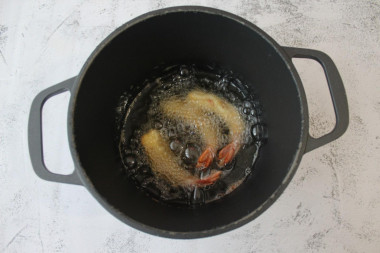
Heat vegetable oil in a cauldron. The oil needs to be warmed up very well so that the dough sets well. When the oil warms up, put the first portion of langoustine into it. Fry them on both sides until golden brown. Also fry the remaining langoustines in batter. Then put them on paper towels to remove excess fat.
Be sure to wash the eggs before use, as even the seemingly clean shell may contain harmful bacteria. It is best to use food detergents and a brush.
Caloric content of the products possible in the composition of the dish
- Whole cow's milk - 68 kcal/100g
- Milk 3.5% fat content - 64 kcal/100g
- Milk 3.2% fat content - 60 kcal/100g
- Milk 1.5% fat content - 47 kcal/100g
- Concentrated milk 7.5% fat content - 140 kcal/100g
- Milk 2.5% fat content - 54 kcal/100g
- Chicken egg - 157 kcal/100g
- Egg white - 45 kcal/100g
- Egg powder - 542 kcal/100g
- Egg yolk - 352 kcal/100g
- Ostrich egg - 118 kcal/100g
- Whole durum wheat flour fortified - 333 kcal/100g
- Whole durum wheat flour universal - 364 kcal/100g
- Flour krupchatka - 348 kcal/100g
- Flour - 325 kcal/100g
- Vegetable oil - 873 kcal/100g
- Lobster (neck meat) - 88 kcal/100g
- Langoustine - 112 kcal/100g
- Salt - 0 kcal/100g
- Breadcrumbs - 347 kcal/100g


